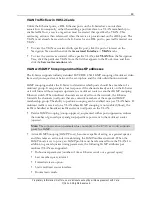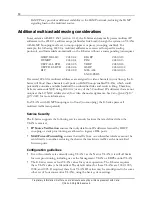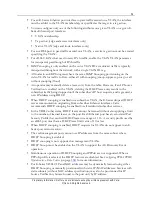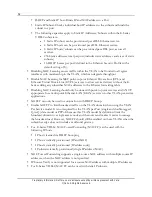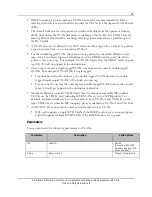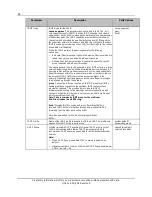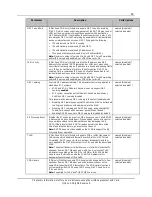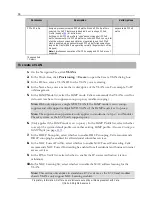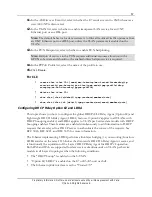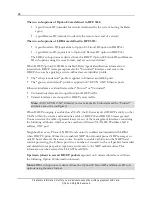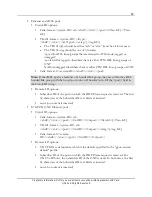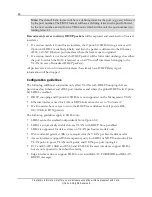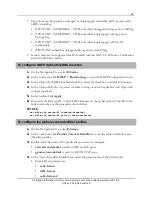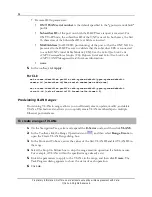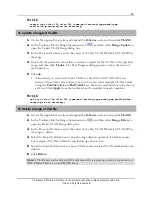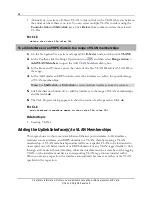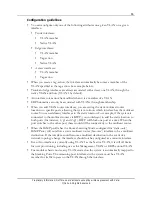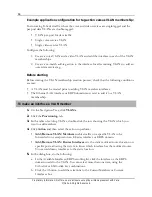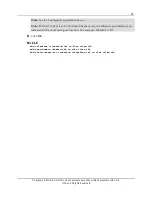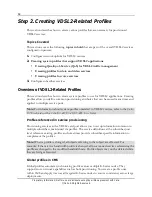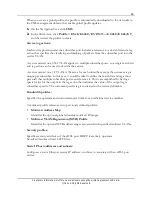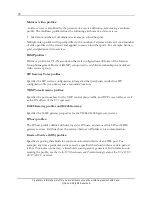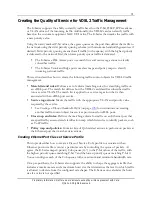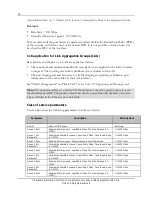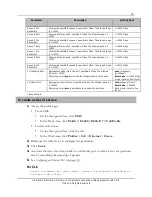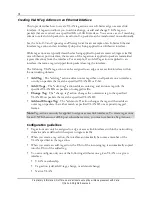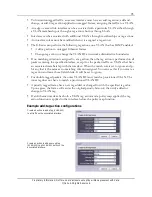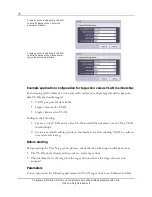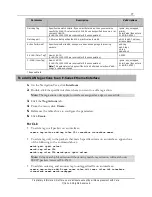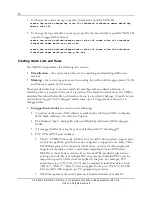
63
Proprietary Information: Not for use or disclosure except by written agreement with Calix.
© Calix. All Rights Reserved.
For CLI:
create vlan <vlan ID>-<vlan ID> [name|mac-learning|igmp-mode|igmp-
profile|dhcp-snooping|ae-ont-discovery]
To update a range of VLANs
1.
On the Navigation Tree, select and expand the
E-Series
node, and then click
VLANS
.
2.
In the Toolbar, click the Range Operations icon
, and then select
Range Update
to
open the Update VLAN Range dialog box.
3.
In the From and To boxes, enter the values of the first VLAN ID and last VLAN ID in
the range.
4.
Enter only the parameter values that you want to update for the VLANs in the specified
range, and then click
Update
. The Task Progress dialog appears to show the status of
each operation.
5.
Click
ok
.
Alternatively, to select an E-Series VLAN to edit, click in the VLAN table row
between the columns where there is no text. You can select multiple VLANs to edit
using the
click
and
Shift+click
keys. Make any modifications using the top
edit row. Click
Apply
from the toolbar when the modifications are complete.
For CLI:
set vlan <vlan ID>-<vlan ID> [name|mac-learning|igmp-mode|igmp-profile|dhcp-
snooping|ae-ont-discovery]
To delete a range of VLANs
1.
On the Navigation Tree, select and expand the
E-Series
node, and then click
VLANS
.
2.
In the Toolbar, click the Range Operations icon
, and then select
Range Delete
to
open the Delete VLAN Range dialog box.
3.
In the From and To boxes, enter the values of the first VLAN ID and last VLAN ID in
the range to delete.
4.
Select the Stop On Failure box to stop the range deletion operation if a failure occurs.
For example, if VLANs within the specified range do not exist.
5.
Select the Force Deletion box to ensure VLANs and associated VLAN memberships are
deleted.
6.
Click
Delete
.
Note:
A VLAN can not be deleted if it is referenced by a tag action, a service tag action, an
ONT Ethernet Service, or an ONT IP Host.

